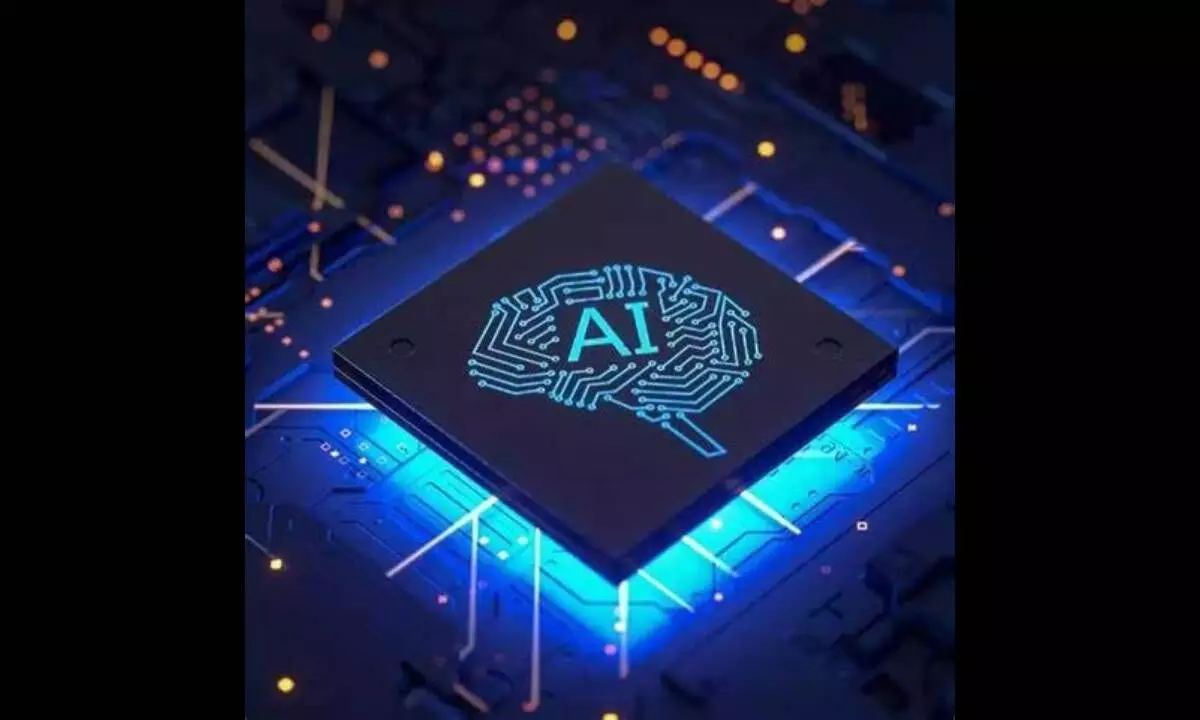Can AI treat teenagers' depression?
In recent studies, AI has been shown to have substantial limitations when it comes to facilitating integrated treatment and addressing depression.
image for illustrative purpose

In recent studies, AI has been shown to have substantial limitations when it comes to facilitating integrated treatment and addressing depression.
With a greater amount of data available, AI methods can be used to gain a deeper understanding of mental health. Recently, deep learning (DL) methods have shown promising results in healthcare, particularly in diagnosis, prognosis, and treatment.
The use of AI can improve access to integrated treatment and address depression, but it has limitations. The results of recent studies indicate that new AI models, which are not yet tested in the real world in mental health services and research, are likely to be rapidly marketed due to substantial inadequacies.
Around one in five children suffer from anxiety or depression, but they are usually not diagnosed until adolescence or adulthood. Screening for depression and anxiety in children with limited language skills and emotional maturity can be challenging. It may be possible to prevent adolescent melancholy by recognizing both the physical manifestations of suffering and self-defeating thoughts.
AI is used by mental health providers for several purposes, including improving therapy sessions through enhanced understanding, improving diagnosis by continuously monitoring patient condition, and adjusting treatment as necessary. Depression can be detected and treated with artificial intelligence. In addition to administering therapy, collecting feedback, and providing individualized recommendations, these tools may aid in treating and managing depression.
Medical diagnosis is one area where AI has proven useful. Diseases are identified and diagnosed using several Machine Learning approaches, including the Boltzmann, support vector machine (SVM), and K-Nearest Neighbour (kNN).
AI subfields such as Machine Learning (ML) and computer vision have become widely adopted due to their imaging, segmentation, and prediction capabilities. As part of the diagnostic process, computer vision is used to identify, segment, and classify images, including radiological image segmentation, metastasis detection, and so on.
Treatment of mental disorders with artificial intelligence
Assisting in predicting the response to drug combinations is one way AI can assist in creating precision medications. Researchers have used neuroimaging biomarkers to evaluate how well methylphenidate treats ADHD. ML models are used to classify normal and cancerous MRI samples. The onset of mental disorders can be predicted by analyzing neuroanatomical patterns.
Identifying challenges
In order to effectively use AI in their practice, doctors need to learn how to do so. Despite over 70 percent of psychiatrists anticipating using AI in their daily clinical practice (primarily for documentation), many remain skeptical of the technology's therapeutic potential.

